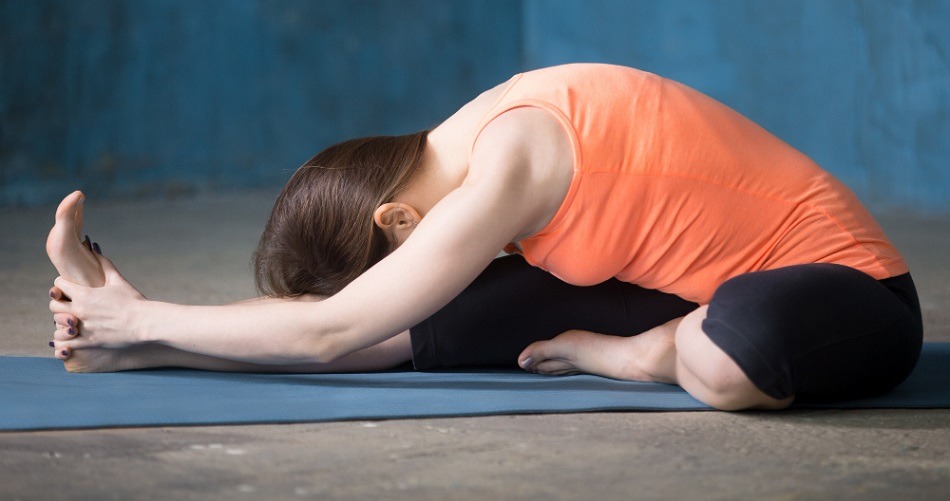
Yoga, an ancient practice with its roots in India, offers a plethora of poses that not only promote physical well-being but also enhance the connection between the mind, body, and spirit. Janu Sirsasana, commonly known as Head-to-Knee Pose, is one such asana that holds immense significance in the world of yoga. This pose not only helps improve flexibility but also provides a pathway to self-discovery and inner balance.
Janu Sirsasana is a Sanskrit term where “Janu” means knee, “Sirsa” means head, and “Asana” means pose. It is commonly known as Head-to-Knee Pose because the practitioner folds forward and tries to touch the head to the knee of the extended leg.
Steps to Perform Janu Sirsasana:
1. Start by sitting on the floor with your legs extended in front of you.
2. Bend your right knee and bring the sole of your right foot to rest against your left inner thigh. Your right knee should be opened to the side.
3. Inhale deeply and lengthen your spine.
4. As you exhale, gently hinge forward from your hips, reaching your arms forward and extending them towards your left foot or shin.
5. Try to reach your forehead or nose toward the extended leg’s knee, but do not strain or force the movement.
6. Keep your spine straight as much as possible and avoid rounding your back.
7. Hold the pose for a few breaths, maintaining a steady and relaxed breathing pattern.
8. Inhale as you slowly lift your torso back up to the initial position.
9. Repeat the pose on the other side, bending the left knee and extending the right leg.
Benefits of Janu Sirsasana:
1. Improved Flexibility: Janu Sirsasana stretches the hamstrings, groins, and spine, leading to increased flexibility in these areas.
2. Stimulates Abdominal Organs: The forward fold in this pose massages and stimulates the abdominal organs, aiding digestion and improving organ function.
3. Calms the Mind: The introspective nature of the pose and the focus on breath helps calm the mind, reducing stress and anxiety.
4. Relieves Lower Back Pain: Regular practice of Janu Sirsasana can alleviate tension and discomfort in the lower back, especially when done with proper alignment.
5. Stretches the Shoulders: As the arms reach forward, Janu Sirsasana also stretches and opens the shoulders, promoting better posture.
6. Enhances Blood Circulation: The forward fold encourages blood flow to the abdominal region, pelvic area, and legs, which can be beneficial for circulation.
7. Aids in Detoxification: The gentle compression of the abdomen in the pose aids in detoxifying the body by massaging and stimulating the organs.
8. Promotes Self-Reflection: Janu Sirsasana’s forward bend can be a meditative posture, fostering self-awareness and introspection.
9. Therapeutic for Menstrual Discomfort: The pose can be helpful for relieving menstrual discomfort and symptoms of menopause when practiced with caution and under guidance.
Caution:
Individuals with lower back injuries, sciatica, or hamstring injuries should practice this pose with caution or avoid it altogether. Pregnant women and individuals with high blood pressure should also consult a yoga instructor or healthcare professional before attempting Janu Sirsasana.
Janu Sirsasana is a beneficial yoga pose that not only improves physical flexibility but also offers mental and emotional benefits. It provides a space for self-reflection and relaxation while promoting overall well-being. Practicing this pose with mindfulness and awareness can lead to a harmonious balance between the mind, body, and spirit.










































